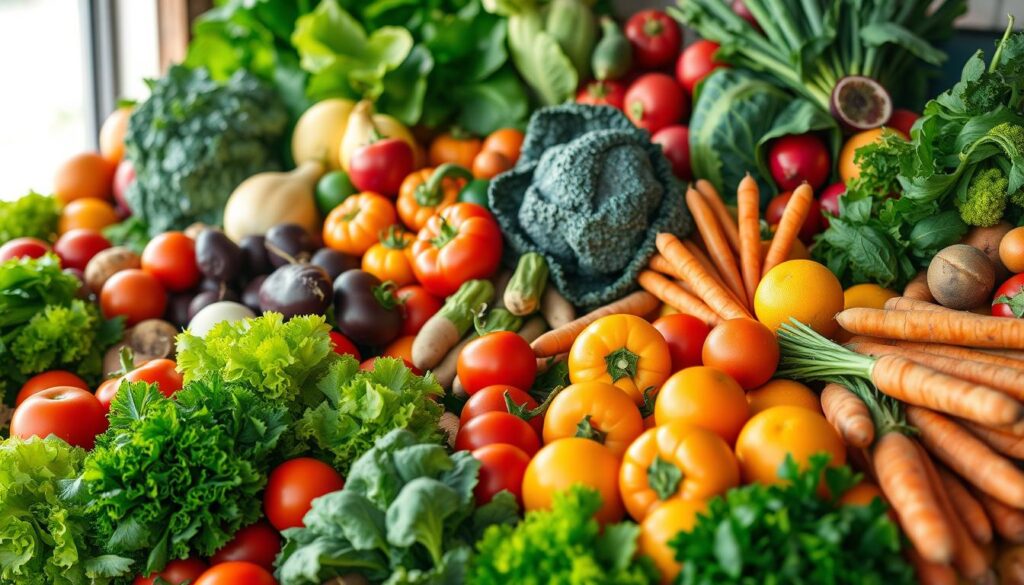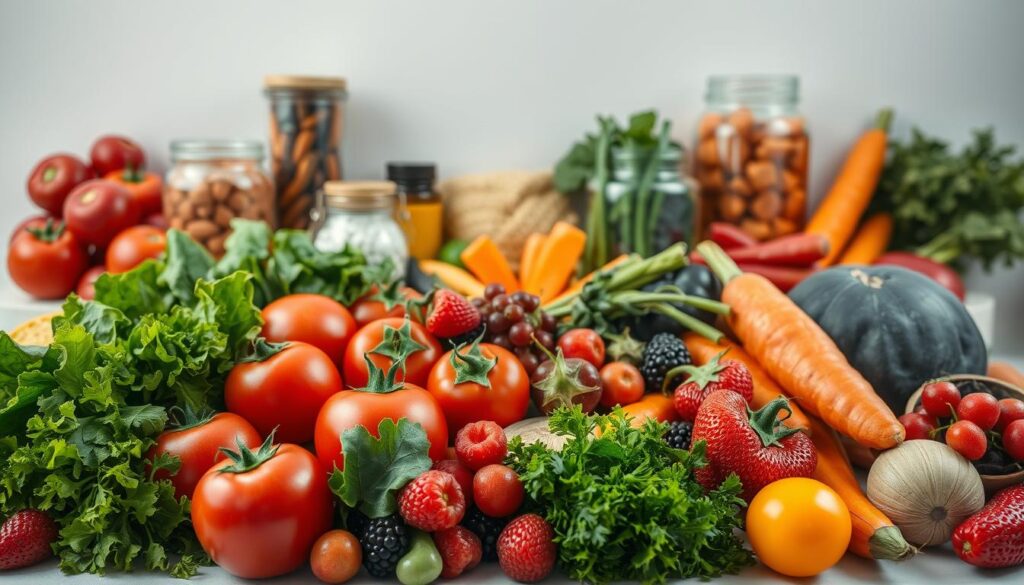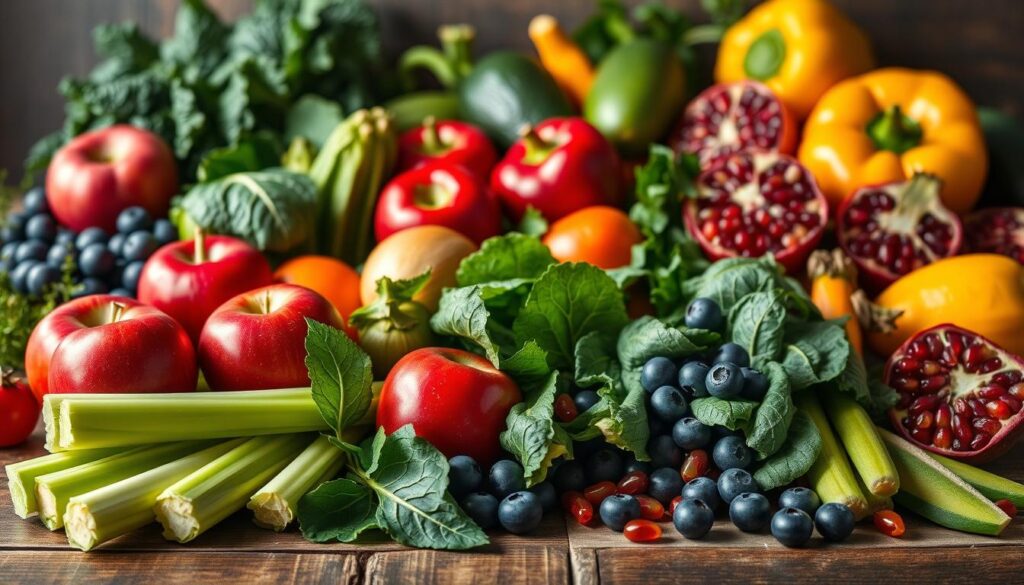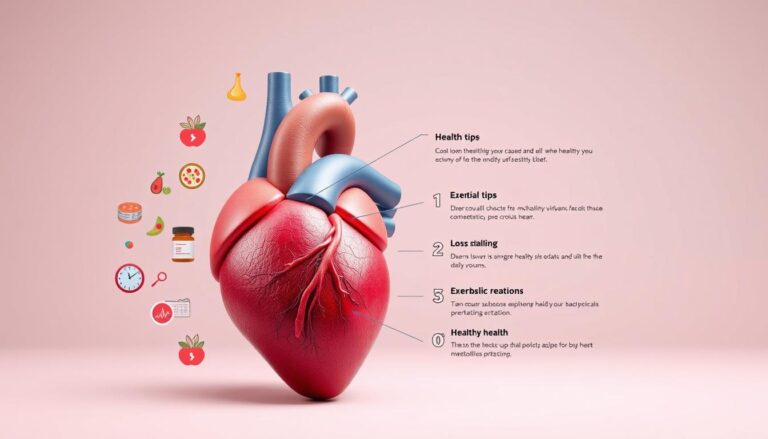What if eating more fruits and vegetables isn’t enough to unlock their full health potential? While most people know these foods are nutritious few realize that variety matters just as much as quantity.
Research shows no single type provides all the vitamins minerals, and antioxidants your body needs.
Plant based foods belong to at least nine distinct botanical families. Each group contains unique compounds that work together to support immunity energy, and long-term wellness. For example leafy greens offer different benefits than citrus or cruciferous options.
Studies prove that relying on just a few favorites limits your nutrient intake. A colorful mix ensures you get a wider range of phytochemicals natural substances that fight inflammation and cell damage. This diversity can’t be matched by supplements or processed alternatives.
Building a balanced plate starts with understanding how different varieties complement each other. From berries to bell peppers every choice adds layers of protection against modern health challenges. Let’s explore how to maximize these benefits in your daily meals.
Key Takeaways
- Eating diverse types matters more than just increasing portions
- Nine major plant families offer unique health benefits
- No single option provides complete nutritional coverage
- Color variety indicates different protective compounds
- Whole foods outperform supplements for nutrient absorption
- Combining varieties reduces chronic disease risks
Introduction to the Nutritional Power of Produce
Ever wondered why nutrition experts emphasize filling half your plate with colorful plants? The Dietary Guidelines for Americans established this standard because whole food sources deliver more than just vitamins they contain thousands of bioactive compounds working together.
Modern research reveals these natural elements support cellular repair hormone balance, and disease prevention in ways supplements can’t replicate.

Understanding the Role of Fruits and Vegetables
Beyond providing essential nutrients like potassium and vitamin C, these foods supply phytochemicals nature’s defense systems.
Compounds like flavonoids in berries and glucosinolates in broccoli activate antioxidant pathways. This synergy between fiber minerals, and plant chemicals explains why studies link regular consumption to lower inflammation and improved immune responses.
Why Variety in Your Diet Matters
Eating the same three options daily limits exposure to protective substances. For example:
- Red and purple hues signal anthocyanins that protect blood vessels
- Leafy greens offer chlorophyll and folate for DNA maintenance
Diverse dietary patterns ensure you benefit from all nine plant families each contributing unique therapeutic properties. This approach maximizes nutrient absorption and creates cumulative effects for long-term health outcomes.
The Ultimate Guide to Fruits and Vegetables for Optimal Health
Nutrition experts worldwide are shifting focus from color-coded plates to nutrient driven selection. While orange carrots and dark spinach both contain carotenoids their other benefits differ dramatically. This reveals a critical flaw in rainbow based meal planning.

Beyond the Color Spectrum
Countries take varied approaches to classifying plant-based foods. Japan’s Five Colors system prioritizes visual appeal while Brazil emphasizes botanical families. The EU uses nutrient profiles a method supported by recent studies showing:
| Country | Classification Strategy | Key Focus |
|---|---|---|
| United States | Color categories | Menu simplicity |
| France | Seasonal availability | Freshness metrics |
| South Korea | Phytochemical content | Disease prevention |
Leafy greens like kale and tropical fruits such as papaya share beta-carotene levels but offer distinct flavonoids.
Variety across botanical groups matters more than chasing colors,
notes dietitian Dr. Elena Martinez.
Practical selection tips:
- Pair cruciferous veggies with citrus for enhanced iron absorption
- Rotate root vegetables weekly to access different starch types
- Choose frozen berries off-season to maintain nutrient density
This guide’s approach helps bypass outdated systems focusing instead on science-backed combinations for maximum benefit.
Fruits and Vegetables A Source of Nutrition
Why do nutrition labels tell only part of the story? While packaged foods list standardized values, whole plant based options show dramatic variations in essential compounds. A pear delivers eight times more fiber than cucumber while broccoli contains six times the potassium of iceberg lettuce.

| Food | Fiber g | Potassium mg | Calories |
|---|---|---|---|
| Cucumber | 0.6 | 76 | 8 |
| Pear | 5.1 | 176 | 57 |
| Potato | 2.5 | 430 | 144 |
| Broccoli | 2.4 | 468 | 55 |
Botanical cousins often surprise us. White potatoes and bananas from entirely different plant families provide nearly identical energy and mineral content. This challenges assumptions about grouping foods by origin rather than nutrient profiles.
Calorie density varies 18-fold across produce categories. Strategic selection turns this into an advantage.
Iceberg lettuce’s 8 calories per serving supports weight management, while potatoes fuel active lifestyles. Modern dietary science uses these contrasts to create tailored eating plans that address specific health objectives through intentional food combinations.
Heart Health Benefits from a Produce Rich Diet
Cardiovascular research reveals a powerful truth: your grocery cart could be your best defense against heart disease. A landmark analysis of 469,551 adults shows every daily serving of plant foods cuts cardiovascular mortality risk by 4%. For those eating eight servings or more protection jumps to 30% fewer heart attacks and strokes.

Reducing Blood Pressure Naturally
The DASH diet rich in leafy greens, berries, and citrus lowers blood pressure as effectively as some medications.
Participants saw 11 mm Hg drops in systolic pressure, with cruciferous vegetables like kale enhancing these effects through nitric oxide production. Swiss chard and spinach lead this category their magnesium and potassium content relaxing blood vessels.
Lowering Cardiovascular Disease Risk
Harvard’s 14-year study proves variety matters. Those prioritizing diverse fruits vegetables had significantly fewer plaque deposits in arteries. Protective mechanisms include:
- Fiber binding excess cholesterol
- Antioxidants reducing arterial inflammation
- Phytochemicals improving blood flow efficiency
Cardiologists now recommend at least five different plant groups daily. As one researcher notes:
Food isn’t just fuel it’s preventive medicine for your heart.
Cancer Prevention and the Power of Antioxidants
Could your childhood diet influence cancer risks decades later? A landmark study tracking 90,476 women for 22 years found those who ate more apples bananas, and grapes during adolescence had 25% lower breast cancer rates.
Early intake of oranges and kale also showed protective effects proving dietary choices create long-term shields against disease.
Role of Lycopene and Other Phytochemicals
Tomatoes emerge as warriors against prostate cancer, with cooked varieties offering the strongest defense. Lycopene their signature antioxidant disrupts tumor growth while enhancing cellular repair. Research reveals men consuming 10+ weekly servings of tomato-based foods cut aggressive cancer risks by 35%.
The Impact of Colorful Diets on Cancer Risk
Brightly colored produce delivers a spectrum of protective compounds. Carotenoids like beta-carotene in carrots and lutein in spinach neutralize free radicals linked to lung and throat cancers. Studies show combining these with cruciferous options like kale amplifies their DNA-protecting effects.
| Antioxidant | Food Sources | Linked Cancer Protection |
|---|---|---|
| Lycopene | Tomatoes, watermelon | Prostate, stomach |
| Beta-Carotene | Carrots, sweet potatoes | Lung, breast |
| Lutein | Spinach, corn | Mouth, colorectal |
Oncologists emphasize whole foods over supplements. As Dr. Linda Park states:
The synergy between antioxidants in produce creates defense networks no pill can match.
Supporting Weight Loss and Metabolic Health
What separates successful weight management from endless diet cycles? A 24-year Nurses Health Study reveals those boosting produce intake maintained healthier weights. Participants eating more berries apples, and cauliflower saw better results than those favoring starchy options like corn or potatoes.
Fiber’s Role in Appetite Regulation
High-fiber choices slow digestion, keeping hunger hormones in check. Apples and pears provide soluble fiber that forms a gel-like substance in the gut. This process:
- Delays stomach emptying by 40-60 minutes
- Triggers fullness signals to the brain
- Reduces calorie absorption from other foods
Managing Blood Sugar Levels
Non-starchy options like broccoli stabilize glucose through low glycemic impact. Research shows their slow release carbohydrates prevent insulin spikes that drive fat storage. Pairing fiber-rich veggies with proteins creates meals that sustain energy for hours.
Strategic produce selection works better than calorie counting for metabolic health
Swapping processed snacks with crunchy alternatives like jicama or snap peas cuts hidden sugars. This approach supports gut bacteria linked to efficient metabolism proving smart dietary choices outpace temporary restrictions.
Enhancing Gastrointestinal and Vision Health
While vibrant colors grab attention, the unseen benefits of plant based diets work quietly to protect vital systems. Two critical advantages emerge digestive support through fiber mechanics and vision preservation via specialized nutrients.
Gut-Friendly Fiber Dynamics
Insoluble varieties act like internal scrub brushes, absorbing water to soften waste. This process eases elimination reducing strain during bowel movements. Studies show consistent intake lowers diverticulosis risk by 40% in adults over 50.
Irritable bowel sufferers find relief through gradual fiber increases. The bulking effect regulates digestion without harsh stimulants. Pairing high fiber choices with fluids maximizes these protective effects.
Ocular Defense Nutrients
Lutein and zeaxanthin form natural sunglasses in eye tissue. These carotenoids filter blue light while neutralizing free radicals. Regular consumption cuts cataract risks by 32%, with leafy greens providing the most bioavailable sources.
Age related vision decline slows significantly in diets rich in orange peppers and corn. These foods deliver zeaxanthin concentrations that supplements struggle to match. Steaming vegetables enhances nutrient absorption for optimal protection.
Strategic selection of plant foods creates layered defenses for body systems we often take for granted. Rotating fiber sources and colorful produce ensures comprehensive support where it matters most.





